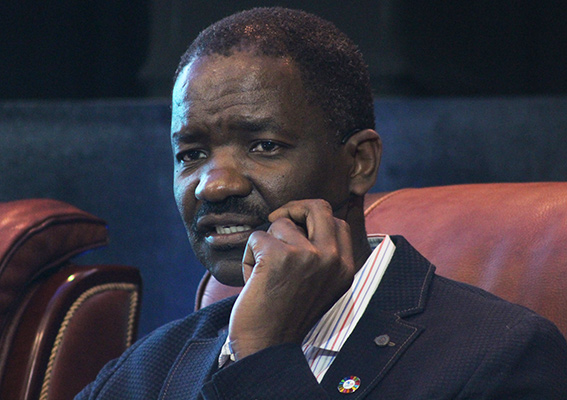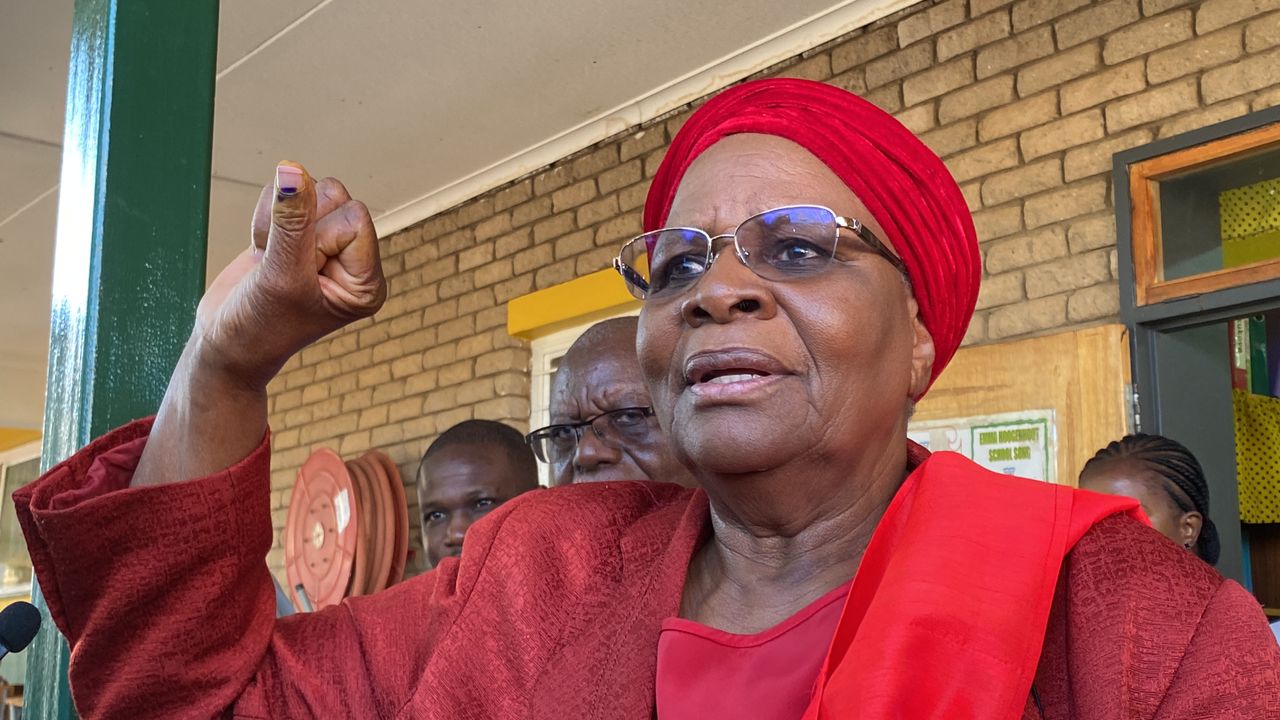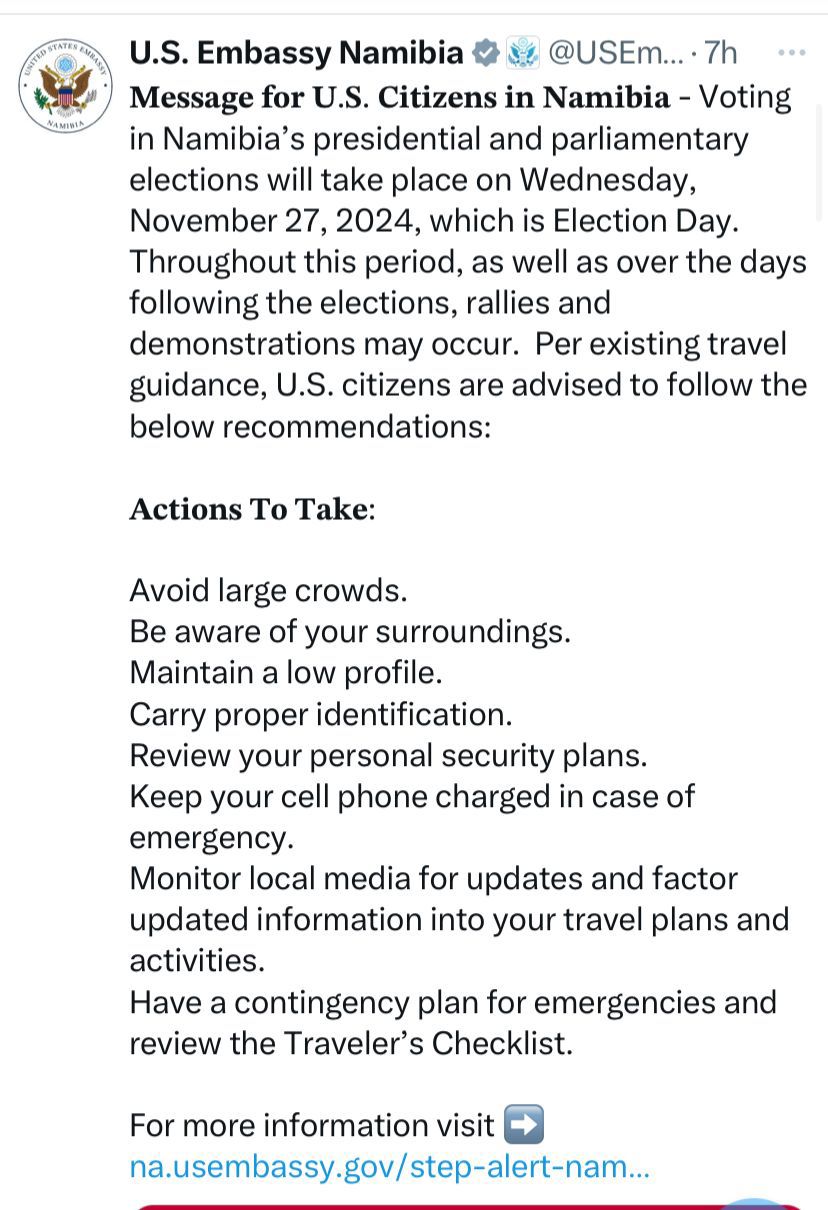GOVERNMENT needs over 470 doctors in order to meet the required international standards on how many patients should be attended to by one doctor.
The recommended doctor-to-patient ratio is one doctor per 5 000 patients a year, or over 410 patients per month.
There are 354 doctors at all state hospitals across the country, health minister Bernard Haufiku said.
He said government is lagging behind in meeting that requirement, to the extent that Namibia would need 25 years to reach that United Nations recommendation.
The doctor-to-patient ratio in Namibia is still below 50%, with a total of 23 hospitals out of 35 in all the regions still needing additional doctors, excluding specialists.
Haufiku revealed these statistics in the National Assembly last Thursday when answering questions from Rally for Democracy and Progress (RDP) member of parliament Mike Kavekotora.
According to statistics, the top five hospitals in the country which are short of doctors are the Katutura Intermediate (106), Oshakati (71), Rundu (53), Onandjokwe (43) and Engela (21) hospitals.
The Katutura Intermediate Hospital currently has 51 doctors, Oshakati 50, Rundu 25, Onandjokwe 26 and Engela 5.
Haufiku said the Okongo Hospital in the Ohangwena region and the Nankudu Hospital in Kavango West only have one doctor each.
In the Erongo region, the Swakopmund and Walvis Bay hospitals need nine additional doctors while the Omaruru and Usakos hospitals need three doctors each.
Only seven hospitals had above the recommended ratio, and only five were at the steady 50% mark.
The five hospitals which met the recommended doctor/patient ratio are Nyangana in Kavango East, Tsumeb in Oshikoto, Opuwo and Outjo in Kunene and the Karasburg hospital in the //Karas region.
According to Haufiku, the Opuwo Hospital currently has four doctors – two working full-time for the state while one works for the international financing organisation, Global Fund, who recently started working there. The contract of one Cuban volunteer ends in May, the minister added.
The Windhoek Central Hospital (WCH), Khorixas and Okahandja are the highest-ranked in terms of the doctor-to-patient ratio. WCH has 91% of the required doctors, with only eight additional doctors needed, while the Khorixas Hospital needs only one doctor. The Okahandja Hospital has all the required doctors.
The Grootfontein and Otjiwarongo hospitals are both ranked at 67% of requirement, while Andara is at 57%, and Keetmanshoop at 55%.
Meanwhile, Haufiku told Kavekotora in the NA that the opening of a leprosarium health centre for the treatment of the contagious skin disease, leprosy, was an urgent necessity in Namibia.
reported last month about the Mashare settlement in the Kavango East region that is home to the biggest community of leprosy patients in Namibia, with 80 people living there.
The Mashare settlement hosted a leprosarium until the early 1980s when the country’s war for independence led to its closure.
The hospital accommodated hundreds of patients with leprosy from Namibia, Angola and Botswana.
Meanwhile, Haufiku also said the total number of cases, suspected and examined, of hepatitis E and cholera are 243. The number of deaths has increased to six.
Stay informed with The Namibian – your source for credible journalism. Get in-depth reporting and opinions for
only N$85 a month. Invest in journalism, invest in democracy –
Subscribe Now!






